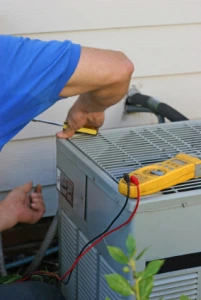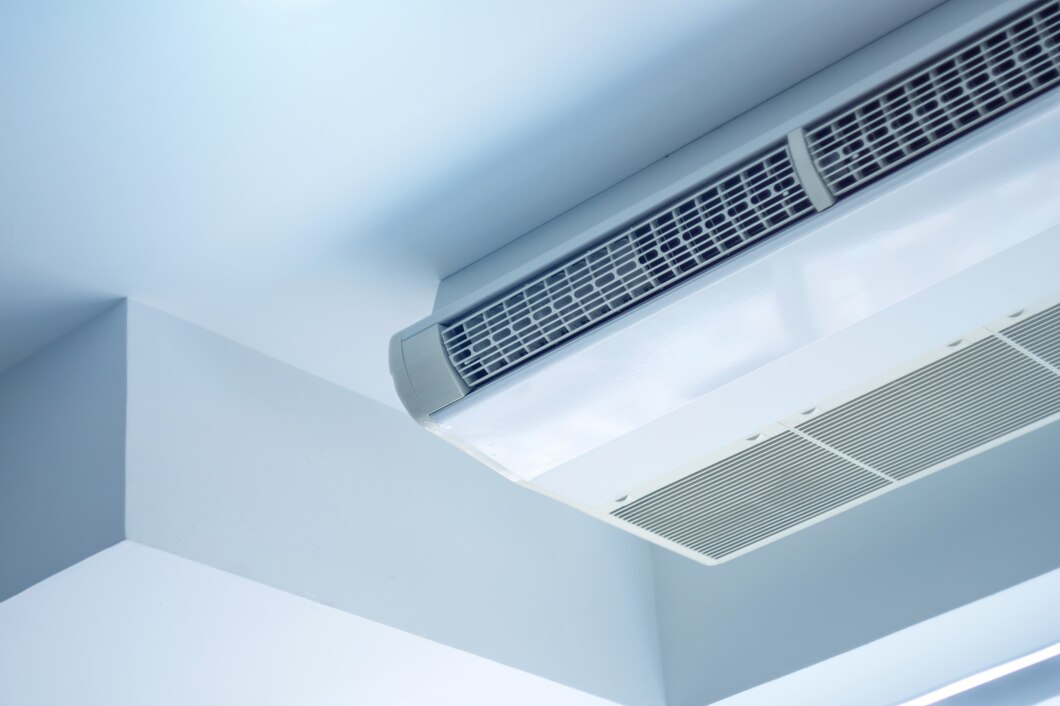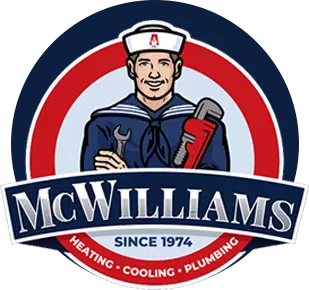Blog
Introduction
 During the summer months, and especially in Texas, your air conditioning system runs nonstop. While most HVAC systems are designed to take some hefty abuse, they may require maintenance and repairs at the end of a long summer. These common AC issues are best addressed now, as the season starts to wind down, so you don’t have to deal with major issues next summer:
During the summer months, and especially in Texas, your air conditioning system runs nonstop. While most HVAC systems are designed to take some hefty abuse, they may require maintenance and repairs at the end of a long summer. These common AC issues are best addressed now, as the season starts to wind down, so you don’t have to deal with major issues next summer:
- Low Refrigerant: Low refrigerant can lead to insufficient cooling, gurgling sounds, and ice developing on the evaporator coils. Fortunately this is an easy fix, but it isn’t as simple as merely adding new refrigerant. It’s important to enlist professionals to perform routine maintenance before adding new refrigerant since adding refrigerant to a dirty unit can cause damage resulting in an expensive repair bill.
- Clogged Air Filters: Your AC’s air filter gets as much use as the unit itself. This means that, by the end of summer, the filter probably needs to be changed. A clogged air filter can restrict the airflow through the entire system, leading to decreased efficiency and insufficient cooling. Dirty air filters can also result in dirty ducts, which compromise your home’s air quality year-round. When dirt builds up in the unit, you may have to deal with frozen evaporator coils, higher energy bills, and a failing HVAC system that can’t keep up with increased demand.
- Fan Motor Issues: Your AC’s fan motors sustain a lot of wear and tear during the hot summer months. In fact, a unit’s fan motor is often the first thing to go, which results in no cool air being pushed through your home. Fan motor belts can also start to make noise if they’re on the fritz, which is usually the first sign something is wrong with your system. Even if you don’t suspect any issues, late summer is the perfect time to investigate your fan motor to make sure it’s still functioning properly.
- Malfunctioning Thermostat: The thermostat is your home temperature’s control box and if it fails on a hot day, you’re looking at a lot of frustration. Most of the time, a thermostat simply needs to be recalibrated to function properly. If you make frequent temperature adjustments or someone bumps into the thermostat, this can be a problem. The good news is that, if your AC isn’t running properly, the thermostat is an easy, affordable fix.
- Ensure your AC has Plenty of Shade: While you shouldn’t cover your AC unit during the summer, it is important to keep it shaded so it has an easier time cooling the air inside your home. Consider shading options that will benefit your outdoor AC unit, such as planting new trees or shrubs around it so they have time to fill out before next summer. Late summer is a great time for this because new trees and shrubs should have at least a month to establish roots before a heavy freeze.
- Install a New HVAC System: When your AC unit or HVAC system has run its course and needs replacing, late summer is the perfect time. Although emergency installations during the heat of summer can’t be helped, if you can hold off on upgrading until the temperature cools off, you won’t have to worry about dealing with 100-degree heat.
Not sure if your system needs upgrading? If your HVAC is more than 10 years old and you’ve already had to do repairs, it’s time to consider a new system. A new HVAC system will not only keep your home comfortable all year long, it will improve your indoor air quality and make breathing easier even during the most extreme temperatures.
Call McWilliams Heating, Cooling and Plumbing at (877) 936-1974 to schedule your annual AC repair or new HVAC system installation.
Share This :
Emily
Table of Contents
Discover New Blog Posts
A well-functioning air conditioning (AC) system is essential for maintaining home comfort, especially during the warm months in places like Splendora. When your AC unit […]
The summer heat is right around the corner, and with it comes increased use of air conditioning systems in Shepherd. A well-maintained AC condenser unit […]
Air conditioning systems have become an essential part of modern living, providing much-needed comfort during the warm months. In Cleveland, where temperatures can rise significantly, […]






 7
7 
